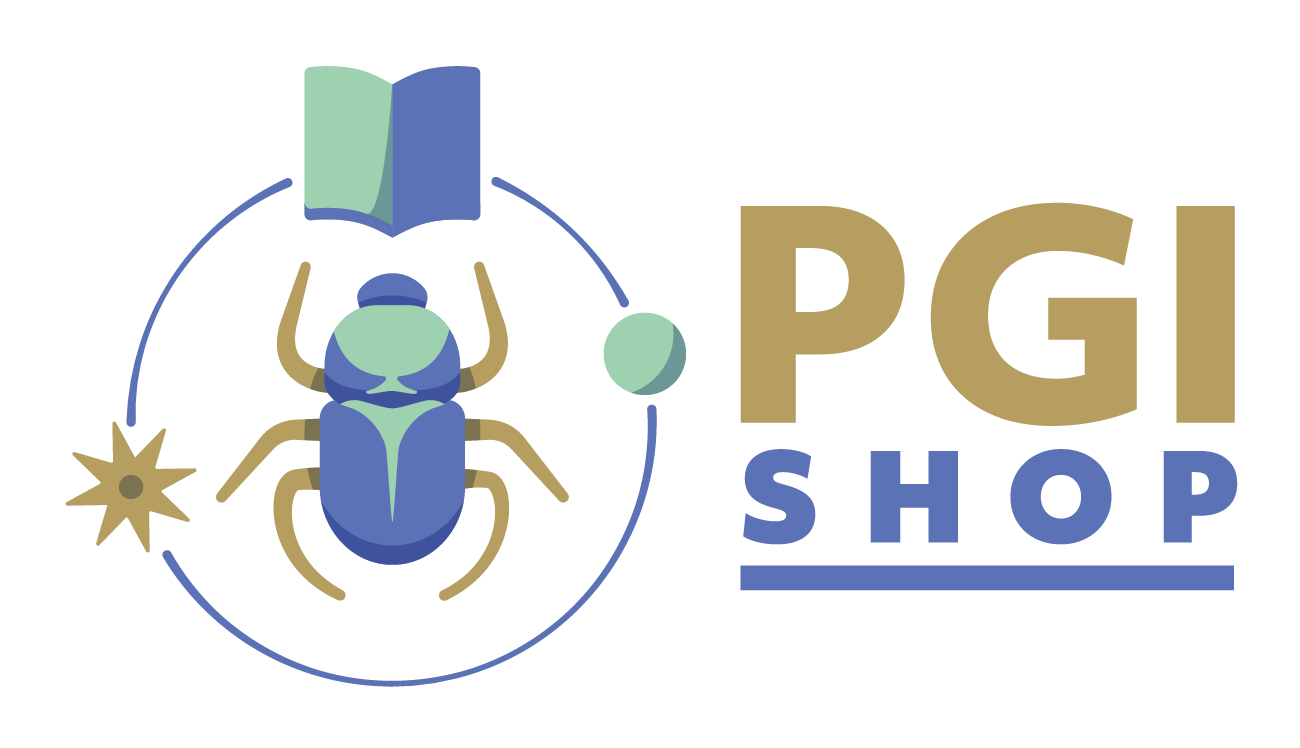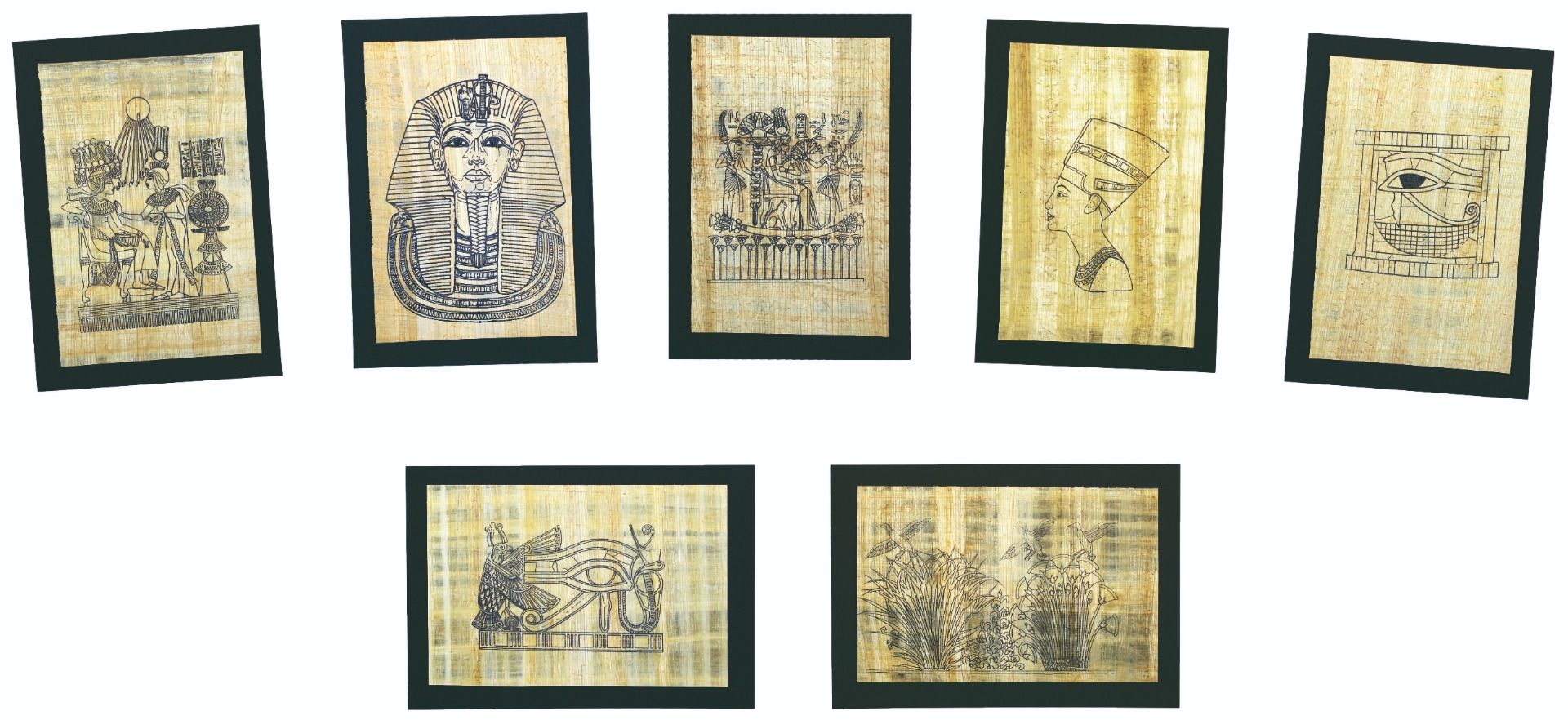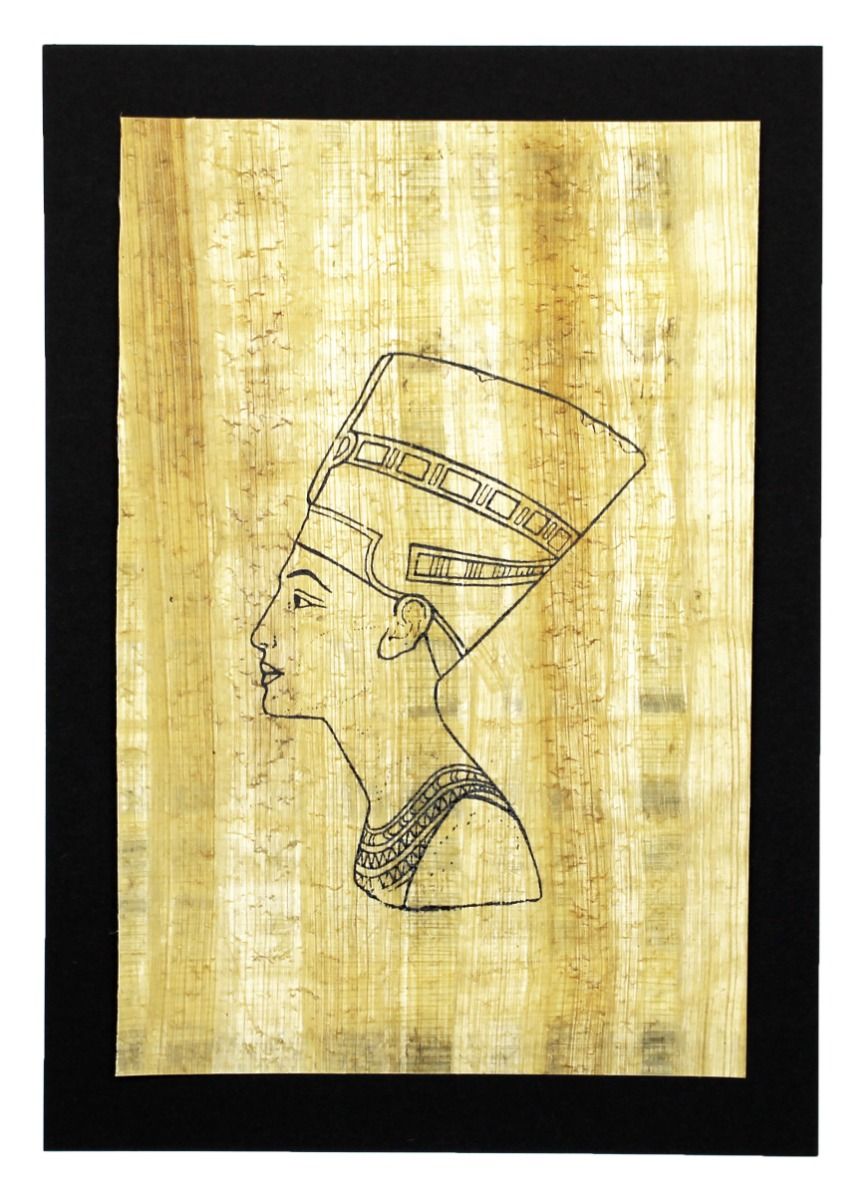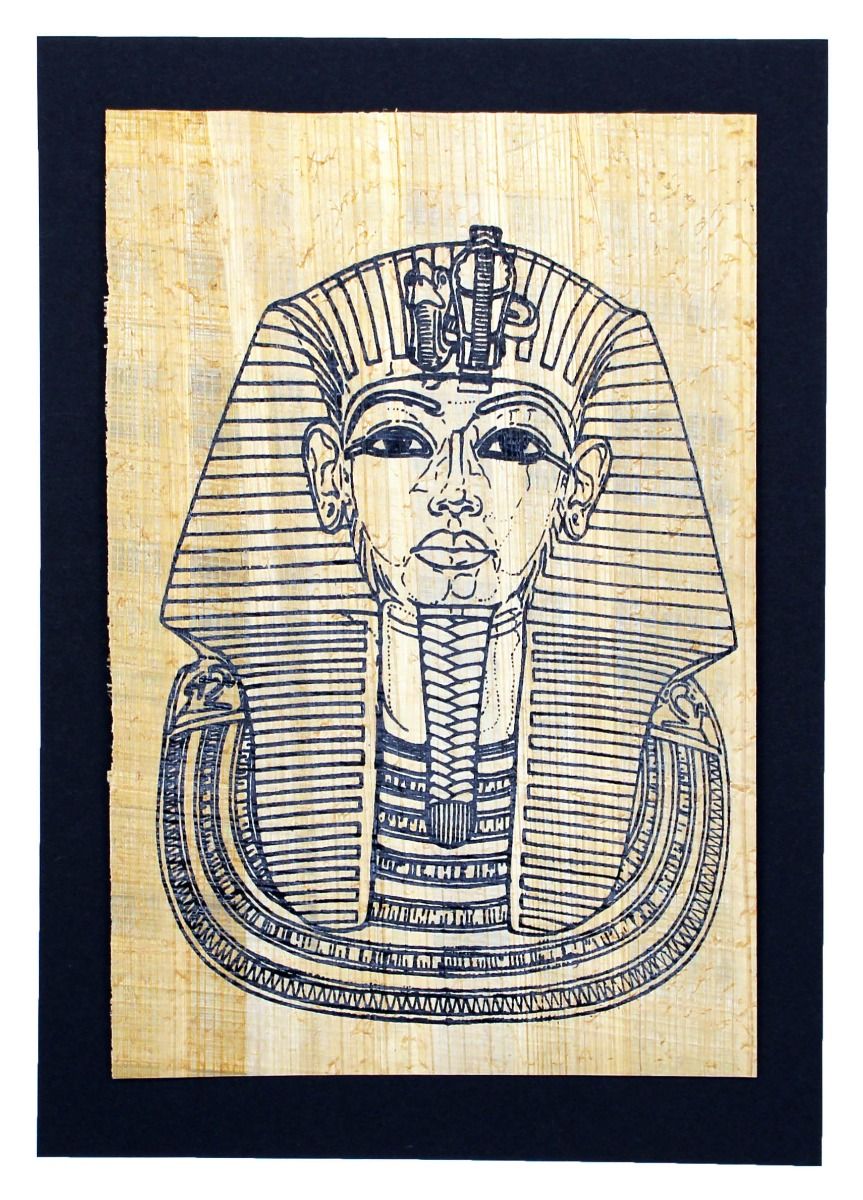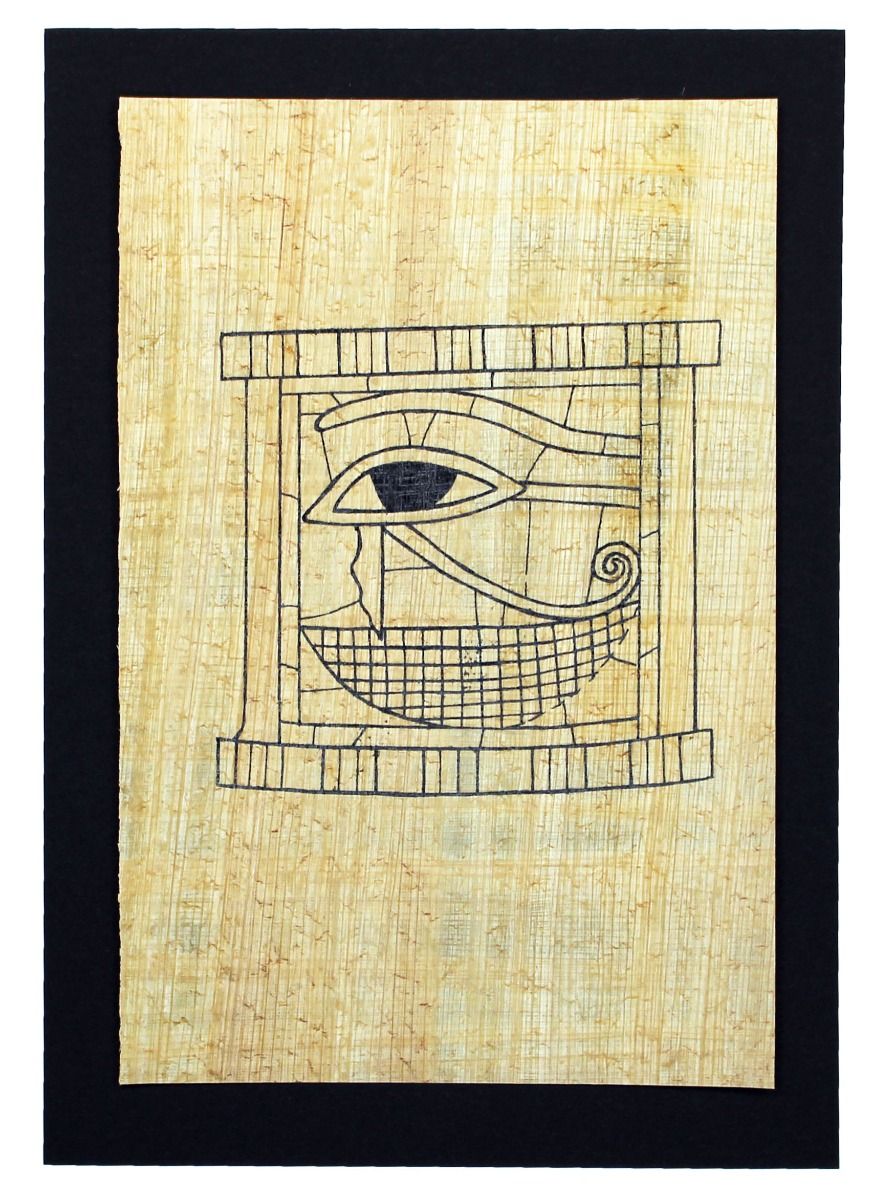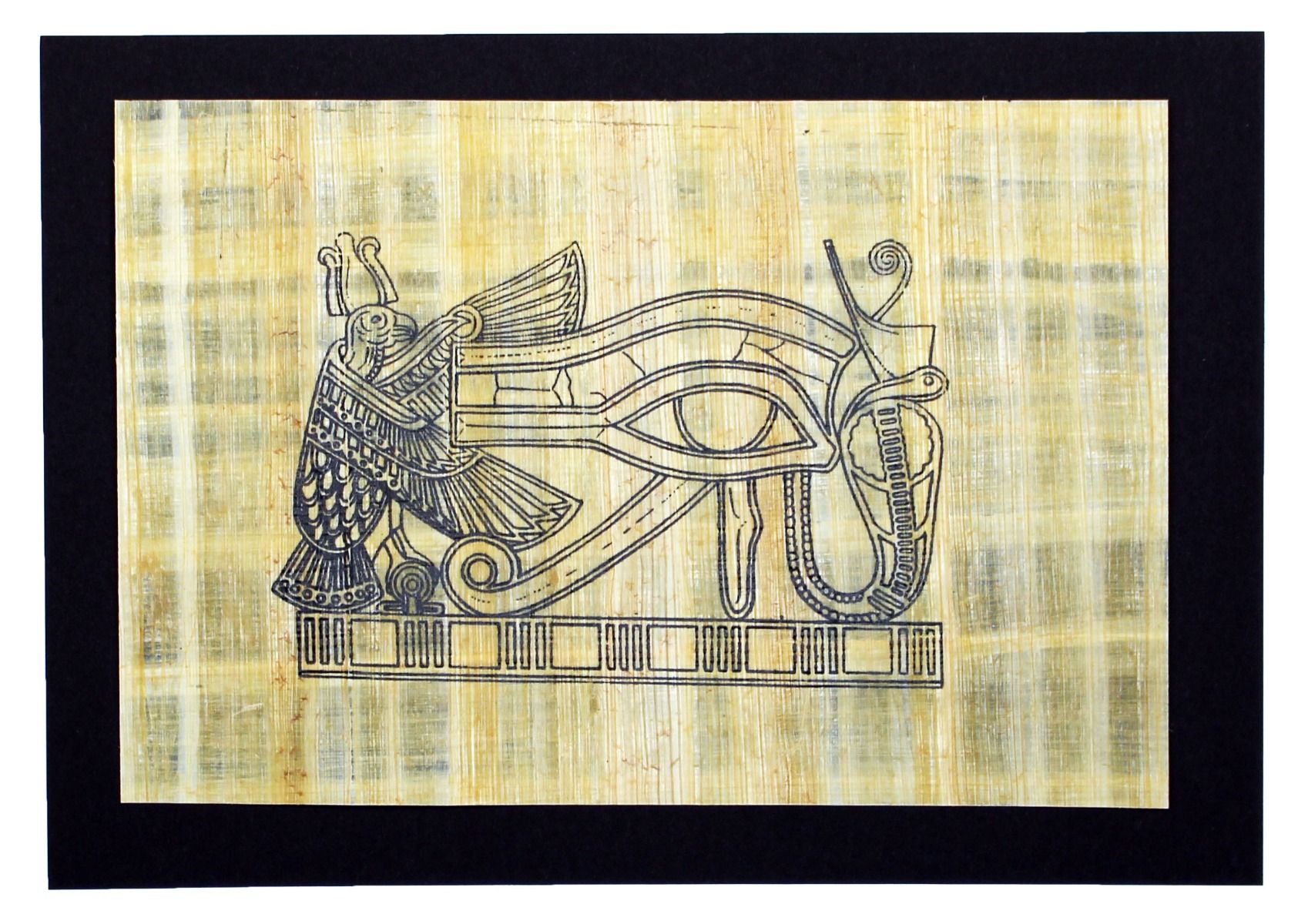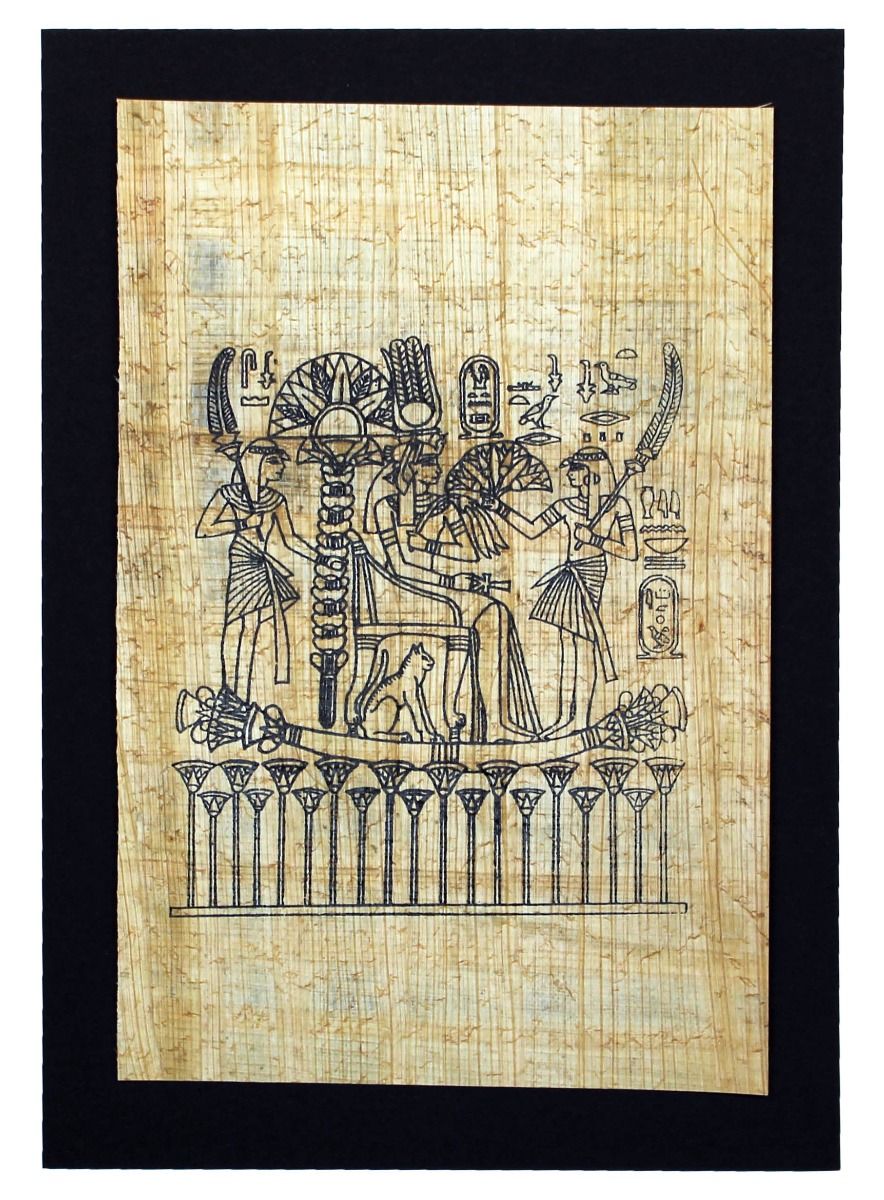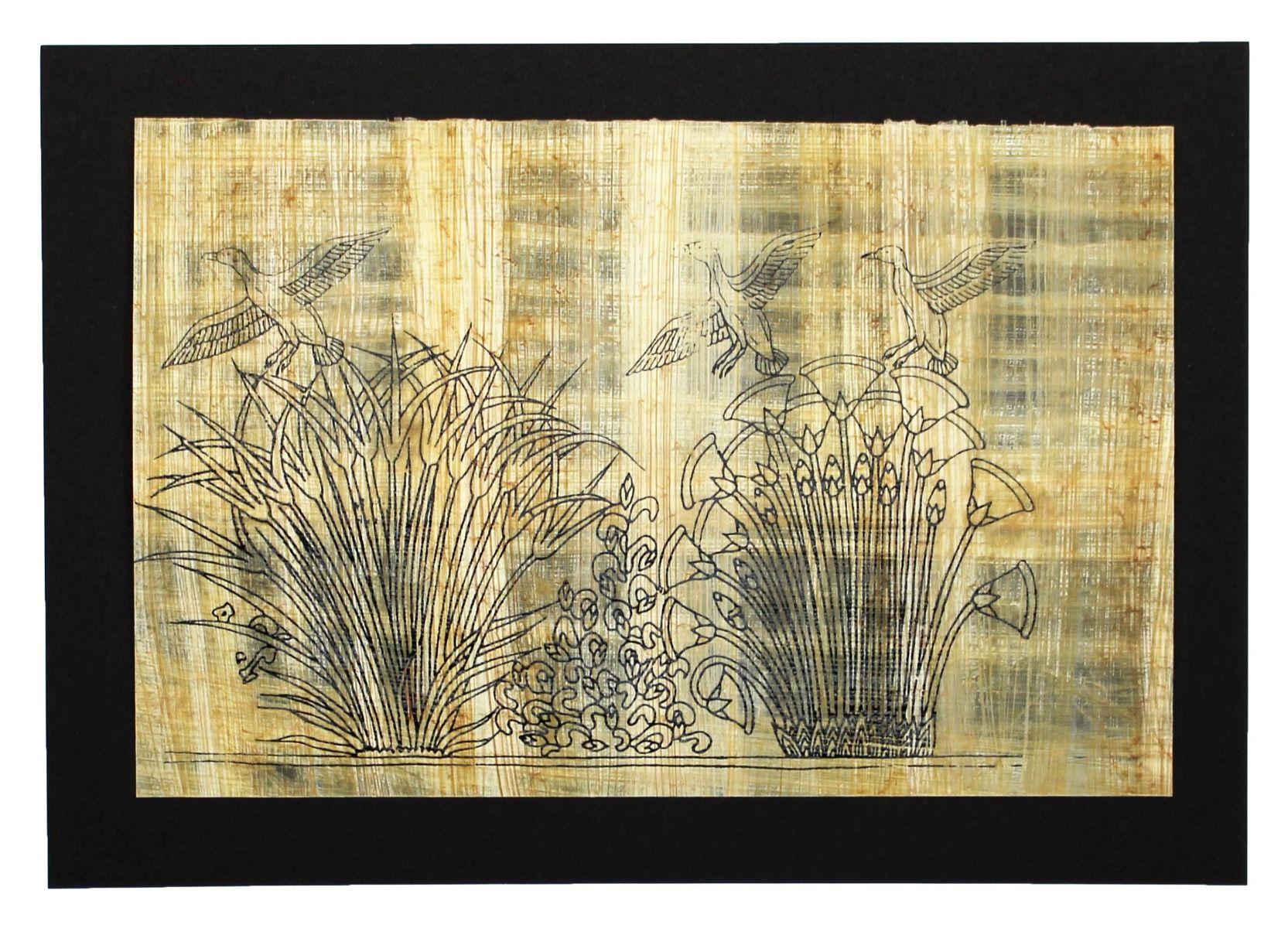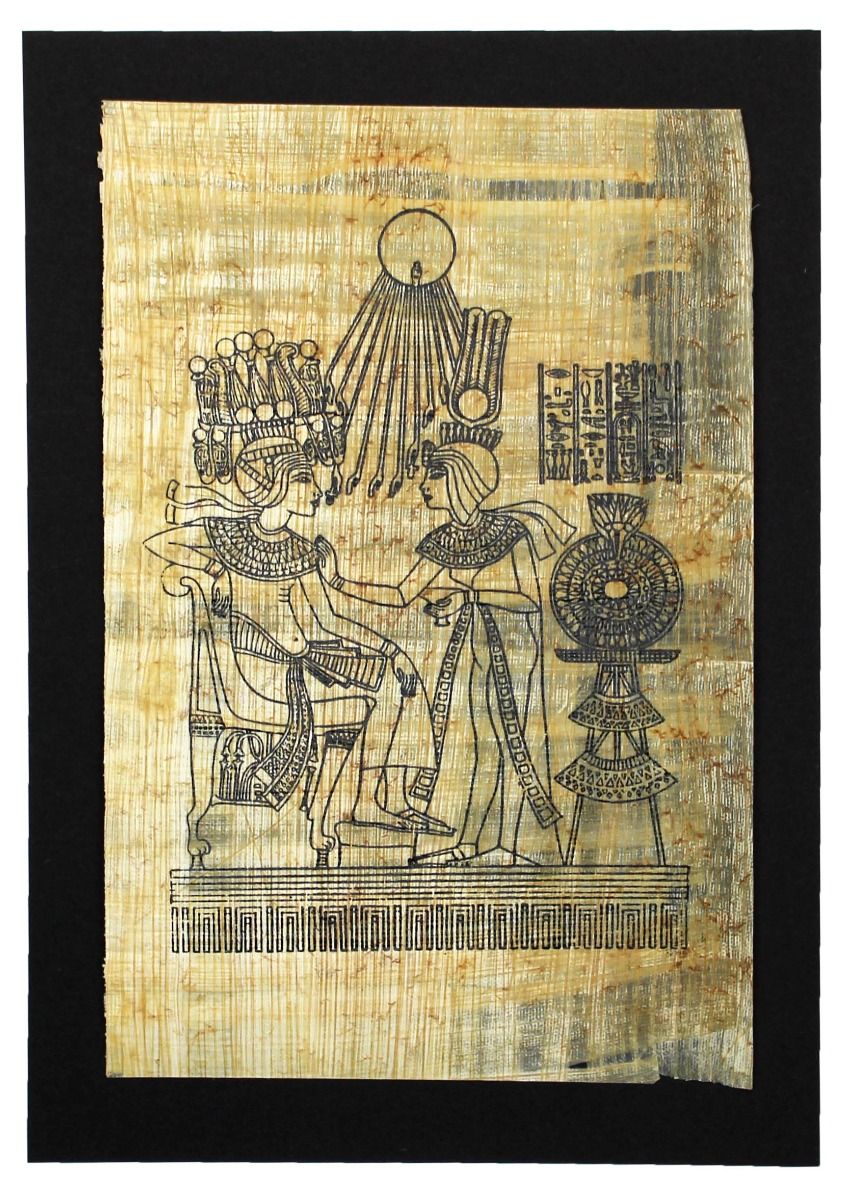Papyrus - Painting set - 7 motifs
7 different motifs cut 12 x 18 cm with black clay paper
This painting set with its 7 different motifs is a nice introduction to papyrus painting. The ready-painted and glued-on papyri are a real joy or a wonderful gift.
For painting
The papyri can be painted with tempera colours as well as with fibre pens. Colour prints can be used as templates, but there are no limits to your own imagination. We recommend that the motifs are not too colourful.
After drying, glue the papyri onto the black clay papers. This intensifies the colour impression and gives the whole thing a noble look.
For painting:
12 double fibre pencil - article no. 2701
Set of 6 tempera colours - Article No. 2711
Set of 14 tempera colours - Article No. 2712
Brush set 6 pieces - Article No. 2713
Mixing palette - Article No. 2714
PGI Papyrus
made of hand laid papyrus, produced in Egypt
silkscreen motif, cut edge
can be painted with pens and watercolours
| Aspiration scale: | Easy |
|---|---|
| Time Line: | 0,5 Hour |
7 different motifs
Tut Anch Amun was the son of Akhenaten. At a young age he married his half-sister Anchesenamun and ascended the throne. He died at the age of about 18. The golden death mask served to protect the deceased.
The bust of Nefertiti is one of the most famous art treasures of Ancient Egypt and is considered a masterpiece of sculpture from the Amarna period. It was discovered on 6 December 1912 during excavations by the German Orient Society in Tell el-Amarna, the workshop of the chief sculptor Thutmosis.
Princess on the Nile boat: The motif shows Sitamun, a concubine of Amenophis III. Boats made of bundles of bound papyrus were used to transport people and loads.
The golden throne of Tut Anch Amun: This throne chair is one of the very few throne chairs from the 18th Dynasty. One can well imagine the splendour in the palaces of the pharaohs. The throne is made of gilded wood with inlays of gold, silver, semi-precious stones, faience and glass.
Papyrus and ducks: Three ducks fly in a marshy landscape; the bushes are papyrus on the right and sedge on the left. These paintings decorated the floor of Akhenaten's palace in Amarna.
Horus Eye: This extremely beautiful motif adorns a bracelet made of gold, faience, carnelian and lapis lazuli and was found on the mummy of the pharaoh Sheshink II. The bracelet was on the king's arms; it was supposed to protect him and give him immortality. According to the Book of the Dead, the eye "udjat" was a powerful amulet.
Horus Eye Vulture and Cobra: The Horus Eye is the left lunar eye of Horus, the god of light, healed by Thoth, the god of healing. His adversary Seth, the god of darkness, had smashed it in battle. Instead of using it himself, Horus offered it to his father Osiris as a third eye.
The vulture, with its outstretched wings, has been used as a symbol of protection. It was not only placed on amulets given to the dead in their graves, but also above many a temple passage leading into the holy of holies.
The cobra / uraeus snake is a symbol of ancient Egyptian iconography. The term means "the one who rebels" and was considered a protective shield for gods and pharaohs in ancient Egypt. In the same capacity, the symbol is also attached to the façades of buildings to protect them.
